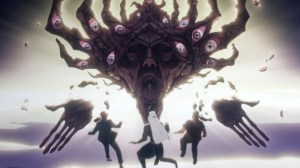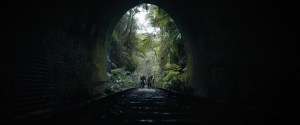A franchise can be a hard thing to justify. Maybe one movie isn’t enough to tell the full story, like in Star Wars. Perhaps you have a bunch of different adventures you can show, like in Star Trek. Whatever the reason, a series often has to explain itself narratively. Sometimes you end up with a great sequel. Other times, you don’t.
Videos by ComicBook.com
In most cases, however, the only justification a movie studio needs to build a franchise is that the first installment was a financial success. This logic can lead to additional entries that may not only be worse than the original, but shouldn’t logically exist at all. These seven series probably should have quit while they were a one-off.
7) RoboCop
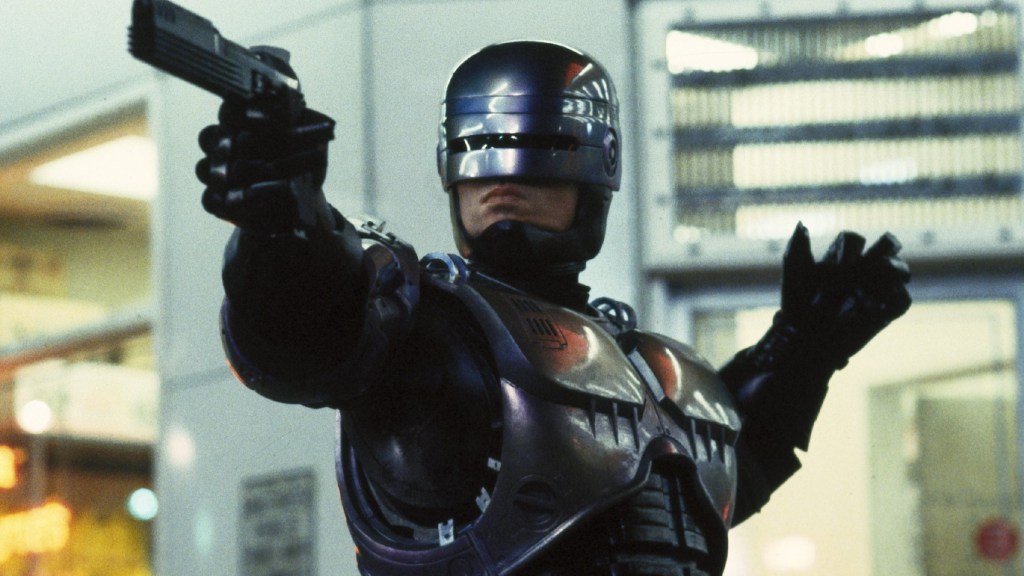
1987’s RoboCop is a pitch-perfect satire of ’80s excess and the dehumanizing effects of corporate overreach. 1990’s RoboCop 2 and 1993’s RoboCop 3 … aren’t.
RoboCop 2 is more cynical, violent, and brutal than the original, with none of the humor. It’s generally a rehash with very little of the first movie’s introspection and political savvy. Even less forgivable is the fact that RoboCop himself isn’t even present for a huge, 30-minute chunk while the movie follows a far less interesting, uglier storyline.
The third entry is certainly nicer – perhaps to a fault. It’s rated PG-13 and has a recast RoboCop flying around with a jetpack. And jetpacks are cool, but their inclusion felt more like a move to get RoboCop toys into Happy Meals than a neat addition to the franchise. And all of this is even ignoring RoboCop’s TV entries.
6) The Chronicles of Riddick

Pitch Black introduces the character of Richard Riddick (Vin Diesel), a convicted killer who can see in the dark. Both skills – night vision and murder – serve him well when he and a ship full of people crash on a planet that’s about to see an extended solar eclipse that heralds the emergence of deadly, nocturnal beasts.
The relatively small scale of Pitch Black, combined with its cool monsters and set pieces, makes it a fun time. But then the series got a little … Riddick-ulous. The Chronicles of Riddick, the follow-up to Pitch Black, introduces the Necromonger death cult that threatens the universe, an air elemental straight out of Dungeons & Dragons, and the idea that Riddick is the last of a long-lost warrior race. All of this is very cool, but it works better as its own thing than as a sequel to a fairly self-contained movie.
5) Jurassic Park

Jurassic Park became a cultural sensation and the highest-grossing movie of all time when it came out in 1993, so sequels were always going to happen. But none of them have come close to capturing the magic, wonder, and fun of the original.
Even author Michael Crichton had no intention of writing a follow-up to the original book, but the success of both it and the film convinced him to give it a try. The result, The Lost World, provided material for the first of many sequels that were, for various reasons, not as good.
While none of the Jurassic sequels, including the Jurassic World series, are completely unwatchable, we would be fine if they didn’t exist. In fact, our lives would actually be better if we’d never seen that part in Jurassic World where the Pteranodon comes down and tries to carry off the baby Triceratops. Leave that baby alone, you monster.
4) Avatar

This may be a little controversial, but 2009’s Avatar makes its point, and knowing that the series will be at least five movies long feels daunting.
None of this is to downplay the franchise’s huge contributions to filmmaking and special effects technology, and obviously, we aren’t going to tell Disney not to keep making sequels to films that gross billions of dollars each. But strictly on a narrative basis, they don’t really have the juice. The plots are pretty simplistic, despite their high-concept, sci-fi premises, and the impressive special effects and realization of an alien world are the main reasons to watch them.
Of all the entries on this list, we’re most “okay” with more Avatar movies. But we aren’t excited.
3) The Fly

This entry covers two different series. The first starts with The Fly (1958), and the second is 1986, a body-horror classic remake by director David Cronenberg. In both cases, one was definitely enough.
They concern scientists whose carelessness while developing a method of teleportation gets them all flied up. In the ’50s, only the head and arm were swapped, but in the 1986 version, complete genetic splicing occurs (and it’s way more gross). The success of both versions of The Fly meant that sequels were probably inevitable, but that doesn’t mean they were necessary.
The 1958 film spawned two sequels: Return of the Fly (1959) and Curse of the Fly (1965), which show even more teleportation disasters that, while occasionally interesting, never match the terror, suspense, and sympathy of the original. The same goes for The Fly II (1989), which abandons everything that makes the 1986 film work in favor of an even more gruesome monster rampage.
2) Highlander
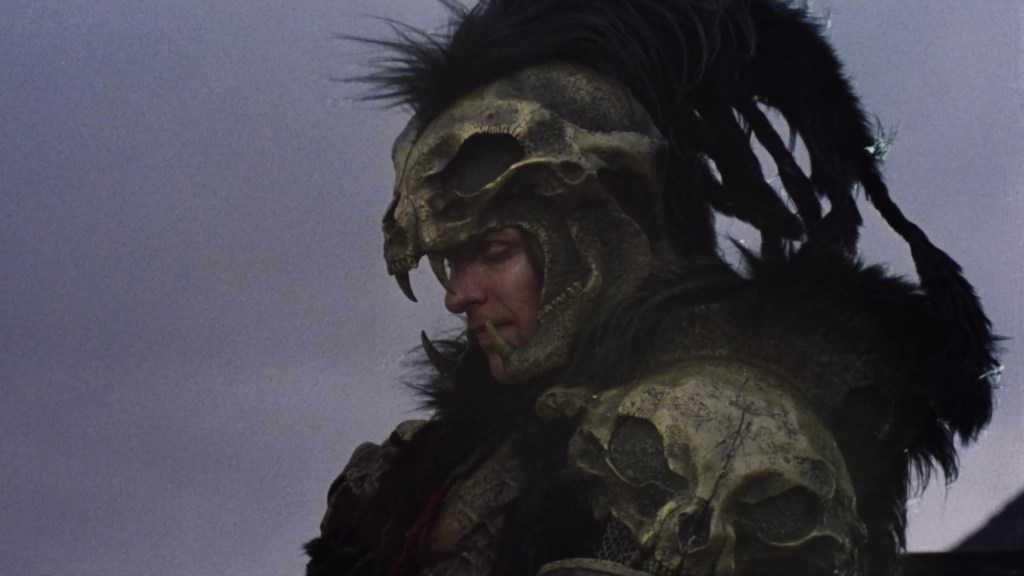
The tagline of Highlander is, “There can be only one.” And honestly, there should have been only one. Highlander shows the end stages of a centuries-long war between immortal beings who occasionally meet and fight each other with swords. The last one living wins “The Prize,” which includes total omniscience and an awesome Queen soundtrack. Connor MacLeod (Christopher Lambert) eventually wins and reveals his plan to guide humanity to a peaceful future … and then we got four more movies and a TV series.
Highlander II: The Quickening was the first sign that something was wrong. It revealed that all of the Immortals were aliens from the planet Zeist who had been banished to Earth as punishment for rebellion. Later versions of this movie cut out the Zeist parts, but the fact remains that the original has a pretty definitive ending, and none of the sequels should exist.
1) Resident Evil
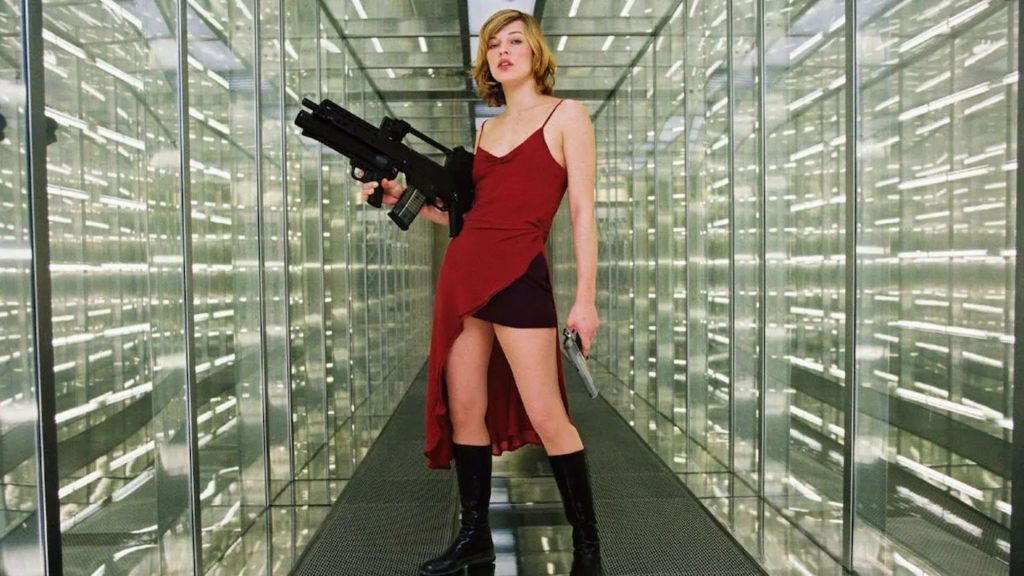
Writer and director Paul W.S. Anderson’s Resident Evil film series has six entries, and the longer they go on, the less they resemble the source material. We don’t demand that adaptations follow the originals to the letter, but we do prefer that they’re good. The first entry, which takes place in a secret lab underneath a mansion, is as close to the games as it gets, but then they made five more.
The movies eventually include most of the characters from the games, including Chris and Claire Redfield, Jill Valentine, and Leon Kennedy. But they also have settings like the desert ruins of Las Vegas and a suite of virtual-reality simulations. Monsters from the games come and go, seemingly based on a checklist, and it’s all secondary to making Alice (Milla Jovovich) look as cool as possible. That’s fine, but it’s not six movies’ worth of fine.
Which other sci-fi franchises overstayed their welcome? Let us know in the comments.

